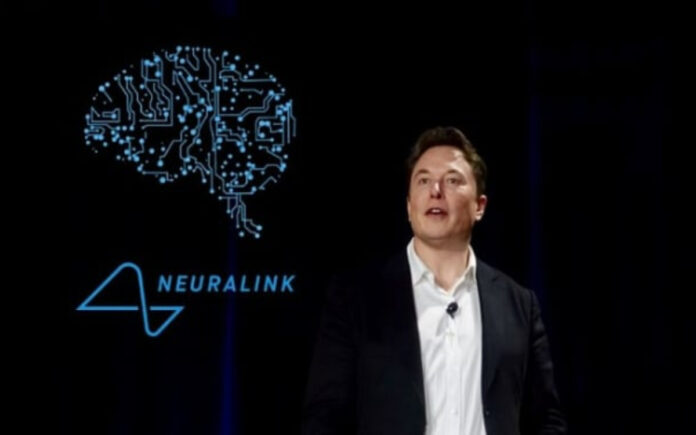New York: Neuralink Corp, the brain-computer interface company owned by Elon Musk, has announced a successful outcome for its second brain implant procedure. The patient, identified as Alex, is now able to design 3D objects and play video games, including Counter Strike 2. This marks a significant advancement following complications experienced by Noland Arbaugh, the first patient, who faced issues with electrode threads retracting from his brain.
In a blog post, Neuralink explained, “To reduce the probability of thread retraction in our second participant, we implemented a number of mitigations, including reducing brain motion during the surgery and reducing the gap between the implant and the surface of the brain.” For Arbaugh, Neuralink addressed the retraction issue through software adjustments after surgery, improving the device’s performance.
Neuralink Eyes Major Upgrades
Neuralink is also working on significant upgrades for its brain interface device, known as Link. Upcoming features will enable patients to control on-screen cursors and digital devices with precise clicks. Future enhancements will include decoding multiple simultaneous movement intentions and recognizing handwriting intent, which will help patients write faster.
The company noted, “These capabilities would not only help restore digital autonomy for those who are unable to use their limbs but also restore the ability to communicate for those who are unable to speak, such as people with neurological conditions.”
Also Read | NATO Airbase in Germany Ups Security Amid ‘Potential Threat’ Alert
Currently, the Link device is designed for patients with quadriplegia and severe mobility limitations. Elon Musk has indicated that future Neuralink implants could potentially enhance the abilities of healthy individuals, such as improving memory function.
The blog post highlighted Alex, a former automotive technician who suffered a spinal cord injury. After his surgery at the Barrow Neurological Institute in Phoenix, Alex was discharged the following day and can now use computer-assisted design software to create a custom mount for his Neuralink charger.
Also Read | Elon Musk’s SpaceX Set for Trailblazing Spacewalk with Cutting-Edge Tech
Musk aims to implant the device in additional patients by the end of the year as part of Neuralink’s Prime study, an experimental medical device trial.



